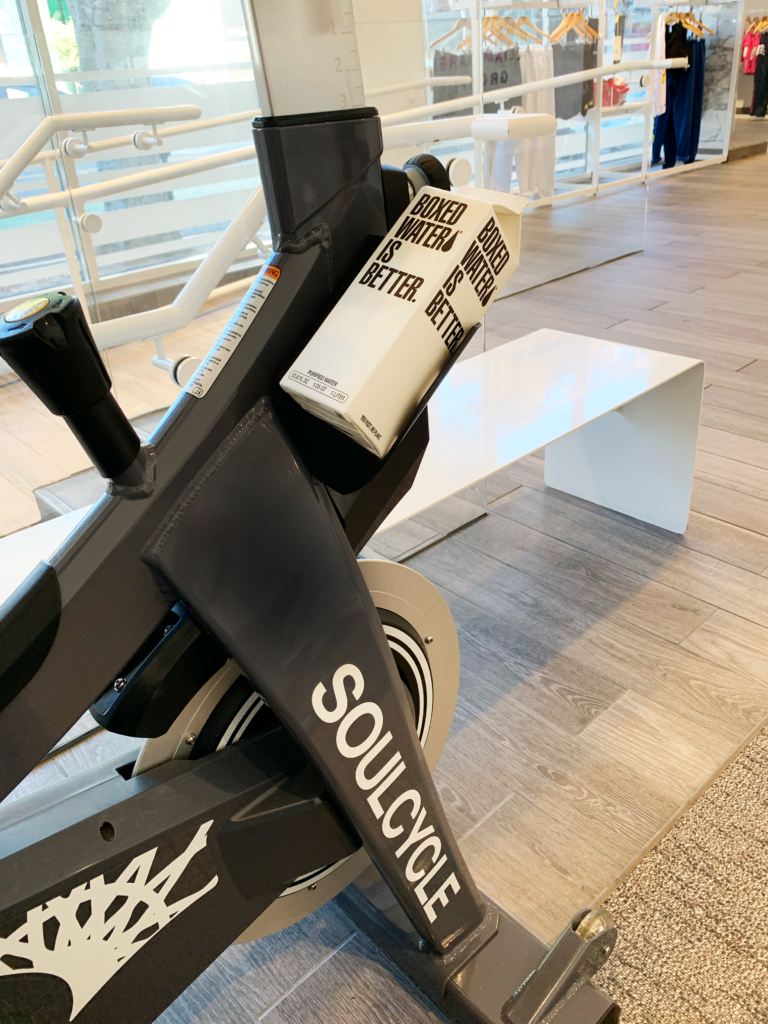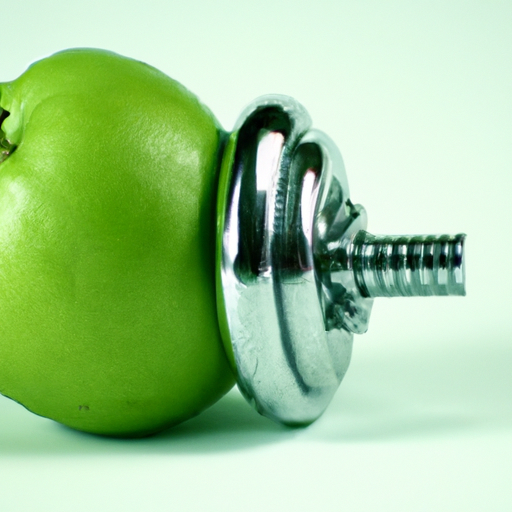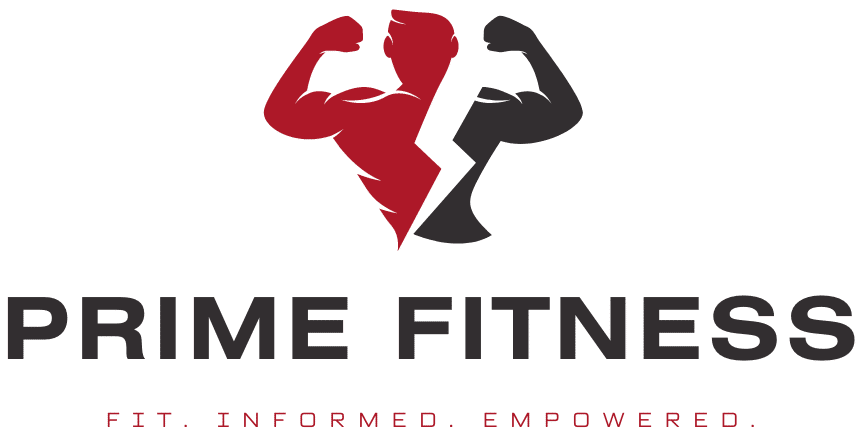Throughout this article, we will explore the possibility of gaining muscle while losing fat at the same time. We’ll discuss the science behind it, the importance of nutrition and exercise, and provide some tips to help you achieve your goals.
Understanding Body Composition
Differentiating Muscle and Fat
When it comes to achieving your fitness goals, understanding your body composition is crucial. Body composition refers to the proportion of muscle, fat, water, and other tissues in your body. In this context, we’ll focus on differentiating between muscle and fat.
Muscle is a metabolically active tissue that helps to burn calories even at rest. It provides shape, tone, and strength to your body. On the other hand, fat is a stored form of energy that contributes to overall body mass. While some fat is essential for the body’s proper functioning, excess fat can lead to various health issues.
Body Mass Index (BMI) vs. Body Fat Percentage
Before delving deeper into gaining muscle and losing fat simultaneously, it’s important to briefly discuss the limitations of using body mass index (BMI) as a sole indicator of body composition. BMI is calculated using your height and weight and provides a general guideline for categorizing individuals into underweight, normal weight, overweight, or obese.
However, BMI does not account for differences in muscle mass. For example, individuals with high muscle mass may have a higher BMI due to the weight of their muscles, even though their body fat percentage is low. Conversely, individuals with low muscle mass and higher body fat may have a normal BMI, but their body fat percentage might indicate a need for fat loss.
To get a more accurate assessment of your body composition, it’s recommended to measure your body fat percentage. This can be done using various methods such as skinfold calipers, bioelectrical impedance, or DEXA scan. By understanding your body fat percentage, you can tailor your fitness and nutrition plan accordingly.
Setting Realistic Goals
When it comes to gaining muscle and losing fat simultaneously, it’s essential to set realistic goals and have realistic expectations. While it is possible to achieve both goals, the rate at which you can do so may vary depending on factors such as your current body composition, genetics, lifestyle, and commitment to your fitness journey.
It’s important to note that gaining muscle and losing fat may not occur at the same rate. Typically, losing fat requires being in a caloric deficit, while gaining muscle necessitates being in a caloric surplus. However, with the right strategies and a balanced approach, it is possible to make progress in both areas simultaneously.
Caloric Surplus vs. Caloric Deficit
Explaining Caloric Surplus
To gain muscle, your body needs a surplus of calories. This means that you need to consume more energy than your body burns in a day. The additional calories provide the necessary fuel for muscle growth, repair, and recovery. It’s important to note that these additional calories should come from nutrient-dense foods rather than empty calories.
Explaining Caloric Deficit
To lose fat, your body needs to be in a caloric deficit. This means that you need to consume fewer calories than your body burns in a day. The energy deficit forces your body to tap into stored fat for fuel, resulting in fat loss. It’s important to emphasize that the caloric deficit should be moderate and sustainable, as overly restrictive diets can lead to muscle loss and other negative health effects.
Determining Optimal Caloric Intake The optimal caloric intake for gaining muscle and losing fat simultaneously depends on various factors such as your current weight, activity level, metabolism, and goals. To determine your caloric needs, you can use online calculators or consult with a registered dietitian or nutritionist who can provide personalized guidance based on your specific needs.

Importance of Resistance Training
Resistance training plays a crucial role in both gaining muscle and losing fat simultaneously. This type of exercise involves using resistance to challenge your muscles, stimulating growth and strength development.
Building and Maintaining Muscle Mass
Resistance training is essential for building and maintaining muscle mass. When you engage in resistance exercises, such as weightlifting or bodyweight exercises, you create microscopic damage to your muscle fibers. During the recovery process, your muscles adapt and become stronger and more resilient.
Increasing Basal Metabolic Rate (BMR)
Another advantage of resistance training is its effect on increasing your basal metabolic rate (BMR). BMR refers to the number of calories your body burns at rest to sustain basic functions such as breathing, digestion, and circulation. By increasing your muscle mass through resistance training, you boost your BMR, enabling your body to burn more calories throughout the day, even when you’re not exercising.
Preventing Muscle Loss While in a Deficit
When you’re in a caloric deficit to lose fat, there is a risk of losing muscle mass along with it. However, resistance training helps to mitigate this. By engaging in regular resistance exercises, you signal to your body that muscle preservation is important. This can help prevent excessive muscle loss and enhance your body composition, as the focus shifts towards fat loss rather than muscle breakdown.
Balancing Macronutrients
Understanding Macronutrients: Protein, Carbohydrates, and Fats
Macronutrients are the three main nutrients that provide energy to the body: protein, carbohydrates, and fats. Each macronutrient plays a unique role in supporting overall health and body composition.
Protein: Protein is essential for muscle building, repair, and maintenance. It also helps to keep you feeling full and satisfied, making it an important macronutrient for fat loss.
Carbohydrates: Carbohydrates are the body’s primary source of energy. They are particularly important for fueling intense workouts and supporting recovery.
Fats: While fats have long been demonized, they are actually essential for various bodily functions and hormone production. Including healthy fats in your diet can help maintain satiety and support overall health.
Determining Optimal Ratio for Personal Goals
The optimal macronutrient ratio for gaining muscle and losing fat simultaneously can vary depending on individual goals, preferences, and needs. However, a general guideline to consider is allocating around 20-30% of your calories from protein, 40-60% from carbohydrates, and 20-30% from fats.
It’s important to note that these percentages can be adjusted based on individual preferences and responses to different macronutrient ratios. Experimenting with different ratios and assessing how your body responds can help you find the optimal balance for your goals.
Role of Each Macronutrient in Body Composition
Protein: Protein plays a crucial role in muscle building, repair, and maintenance. It provides the building blocks (amino acids) necessary for muscle growth and recovery. Including protein-rich foods such as lean meats, poultry, fish, eggs, dairy, legumes, and tofu in your diet can help support muscle gain and fat loss.
Carbohydrates: Carbohydrates are a vital energy source for both muscle building and fat loss. Consuming complex carbohydrates, such as whole grains, fruits, vegetables, and legumes, provides sustained energy and necessary nutrients for optimal performance during workouts.
Fats: Healthy fats, such as those found in avocados, nuts, seeds, olive oil, and fatty fish, are important for overall health and hormone production. They help keep you satiated and provide essential fatty acids that support various bodily functions.

Importance of Protein
Protein’s Role in Muscle Building
Protein is often referred to as the building block of muscles, and for good reason. It is made up of amino acids, which are essential for muscle growth, repair, and maintenance. Consuming an adequate amount of protein is crucial when aiming to gain muscle and lose fat simultaneously.
Recommended Protein Intake
The recommended protein intake for individuals looking to gain muscle and lose fat can vary depending on factors such as body weight, activity level, and goals. A general guideline is to consume around 0.8-1 gram of protein per pound of body weight. For example, if you weigh 150 pounds, you would aim for around 120-150 grams of protein per day.
Sources of High-Quality Protein
To meet your protein needs, it’s important to include a variety of high-quality protein sources in your diet. Some examples of high-quality protein sources include lean meats, poultry, fish, eggs, dairy products, legumes, tofu, and tempeh. Including a mix of animal and plant-based protein sources can help ensure you’re getting a wide range of essential amino acids.
Optimizing Nutrient Timing
Pre- and Post-Workout Nutrition
Nutrient timing, specifically pre- and post-workout nutrition, plays a crucial role in supporting muscle growth and recovery while promoting fat loss.
Before your workout, consuming a balanced meal or snack that includes carbohydrates and protein can provide the necessary energy for your workout and help prevent muscle breakdown. Examples include a banana with peanut butter, Greek yogurt with berries, or a protein shake.
After your workout, it’s important to replenish your muscles with protein and carbohydrates to support recovery and muscle synthesis. Consuming a combination of protein and fast-digesting carbohydrates within the first hour after exercise can help optimize muscle repair and growth. Examples include a protein shake with a banana, chicken breast with sweet potato, or Greek yogurt with granola.
Timing of Protein Consumption
In addition to pre- and post-workout nutrition, spreading your protein intake throughout the day can help support muscle protein synthesis and promote muscle growth. Aim to include a source of protein in each meal and snack to ensure a steady supply of amino acids for your muscles.
Importance of Regular Meals and Snacks
Consistency is key when it comes to optimizing nutrient timing. Fueling your body with regular meals and snacks throughout the day can help support muscle growth, prevent muscle breakdown, and maintain stable energy levels. Additionally, consuming balanced meals and snacks that include protein, carbohydrates, and healthy fats can help regulate hunger and prevent overeating.

Incorporating High-Intensity Interval Training
Benefits of HIIT for Fat Loss
High-Intensity Interval Training (HIIT) is a form of cardiovascular exercise that involves short bursts of intense exercise followed by periods of active recovery. HIIT has gained popularity due to its effectiveness in burning calories, boosting metabolism, and promoting fat loss. Incorporating HIIT into your fitness routine can help support your goal of losing fat while gaining muscle.
Boosting Metabolism and Caloric Expenditure
HIIT workouts are known to increase metabolism and calorie expenditure not only during the workout but also for hours afterward. This is known as the afterburn effect or excess post-exercise oxygen consumption (EPOC). By incorporating HIIT into your routine, you can maximize the caloric expenditure and fat-burning potential of your workouts.
Balancing Cardiovascular Training with Resistance Training
While HIIT can be an effective tool for fat loss, it’s important to strike a balance between cardiovascular training and resistance training when aiming to gain muscle and lose fat simultaneously. Resistance training is crucial for building and maintaining muscle mass, while cardiovascular training, including HIIT, supports overall cardiovascular health and caloric expenditure.
Aim to incorporate both resistance training and HIIT into your fitness routine. This can be achieved by alternating between resistance training days and HIIT days, or including elements of both in your workouts. Experiment with different routines and find the balance that works best for your goals and preferences.
Managing Stress and Sleep
Effects of Stress on Body Composition
Managing stress is crucial for optimizing body composition. When you’re stressed, your body releases cortisol, a hormone that can lead to muscle breakdown and fat storage, particularly in the abdominal area. Chronic stress can have a negative impact on your muscle-building and fat-loss efforts.
Importance of Quality Sleep
Inadequate sleep can disrupt hormone levels, including those that regulate hunger, satiety, and muscle recovery. Lack of sleep can increase levels of ghrelin, the hormone that stimulates appetite, while reducing levels of leptin, the hormone that signals fullness. Poor sleep quality can also affect muscle recovery and growth, as the majority of muscle repair occurs during sleep.
To optimize body composition and support your goals of gaining muscle and losing fat, prioritize quality sleep. Aim for 7-9 hours of uninterrupted sleep each night, establish a consistent sleep schedule, create a sleep-friendly environment, and practice relaxation techniques before bed to promote relaxation and improve sleep quality.
Stress-Relieving Techniques
To manage stress, incorporate stress-reducing techniques into your lifestyle. These can include regular physical activity, mindfulness practices such as meditation or yoga, spending time in nature, engaging in hobbies and activities you enjoy, and seeking support from friends, family, or professionals when needed. Finding healthy coping mechanisms that work for you can help alleviate stress and support your body composition goals.

Conclusion
Achieving Body Composition Goals is Possible
The goal of gaining muscle and losing fat simultaneously is within reach for many individuals. With a comprehensive approach that includes a balanced diet, resistance training, cardiovascular exercise, proper nutrient timing, stress management, and quality sleep, you can optimize your body composition and achieve your fitness goals.
Individual Variations and Genetics
It’s important to recognize and embrace individual variations and genetic factors that influence body composition. Each person’s journey is unique, and progress may vary based on factors such as metabolism, body type, and genetics. Comparing yourself to others can be counterproductive and discouraging. Celebrate your own progress and focus on your personal goals and improvements.
Consistency and Patience
Gaining muscle and losing fat simultaneously is not an overnight process. It requires consistency, dedication, and patience. Progress may not always be linear, and there may be setbacks along the way. Stay committed to your fitness and nutrition plan, make adjustments as needed, and trust in the process.
Seeking Professional Guidance
If you’re unsure about how to best approach achieving your body composition goals, seeking guidance from a registered dietitian, nutritionist, or fitness professional can provide valuable support and personalized recommendations. They can help create a tailored plan that takes into account your individual needs, preferences, and goals.
Remember, gaining muscle and losing fat simultaneously is an achievable goal! By understanding your body composition, implementing a balanced approach to nutrition and exercise, managing stress, prioritizing sleep, and staying consistent, you can make progress towards your desired body composition and overall health.





